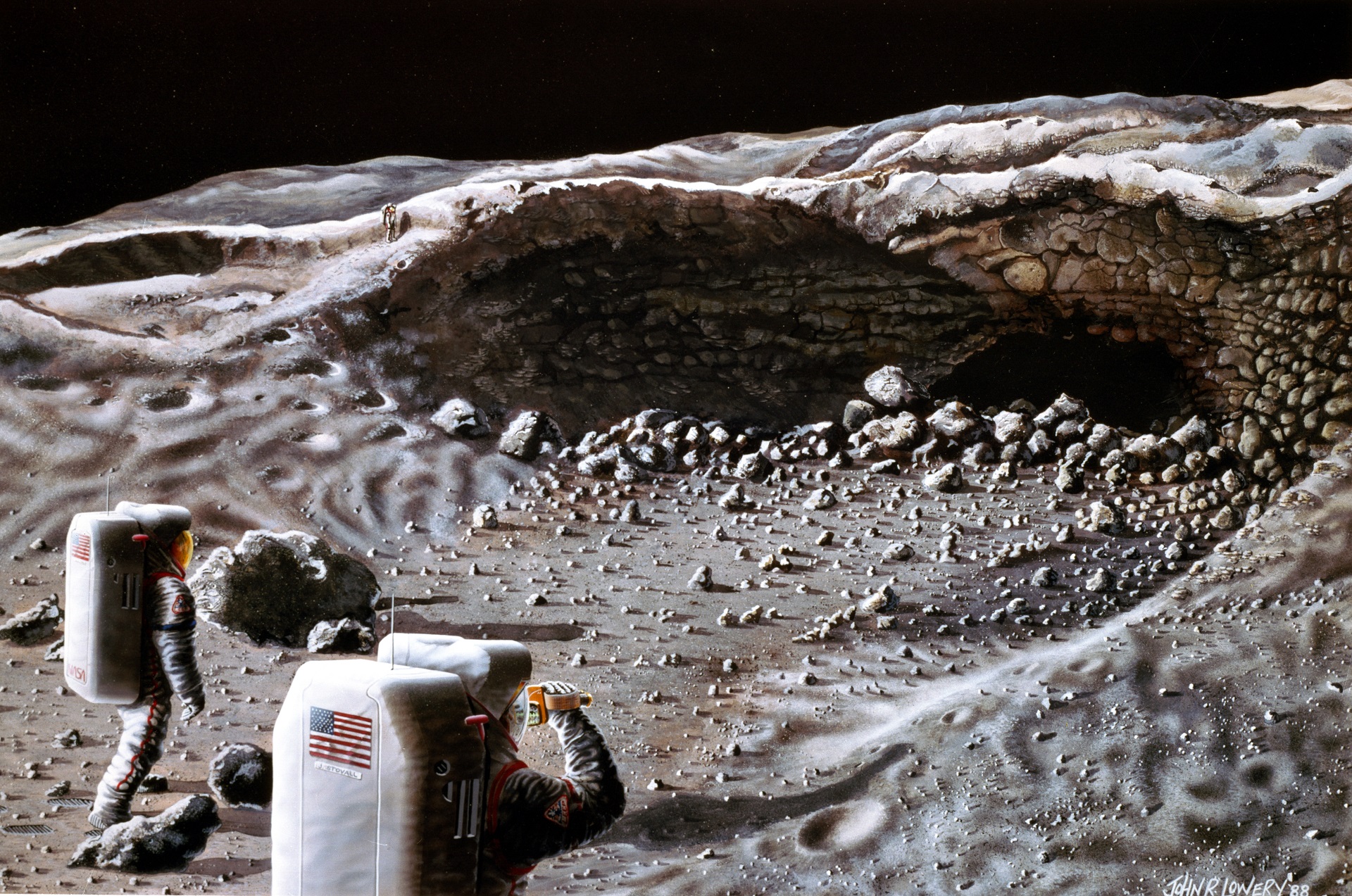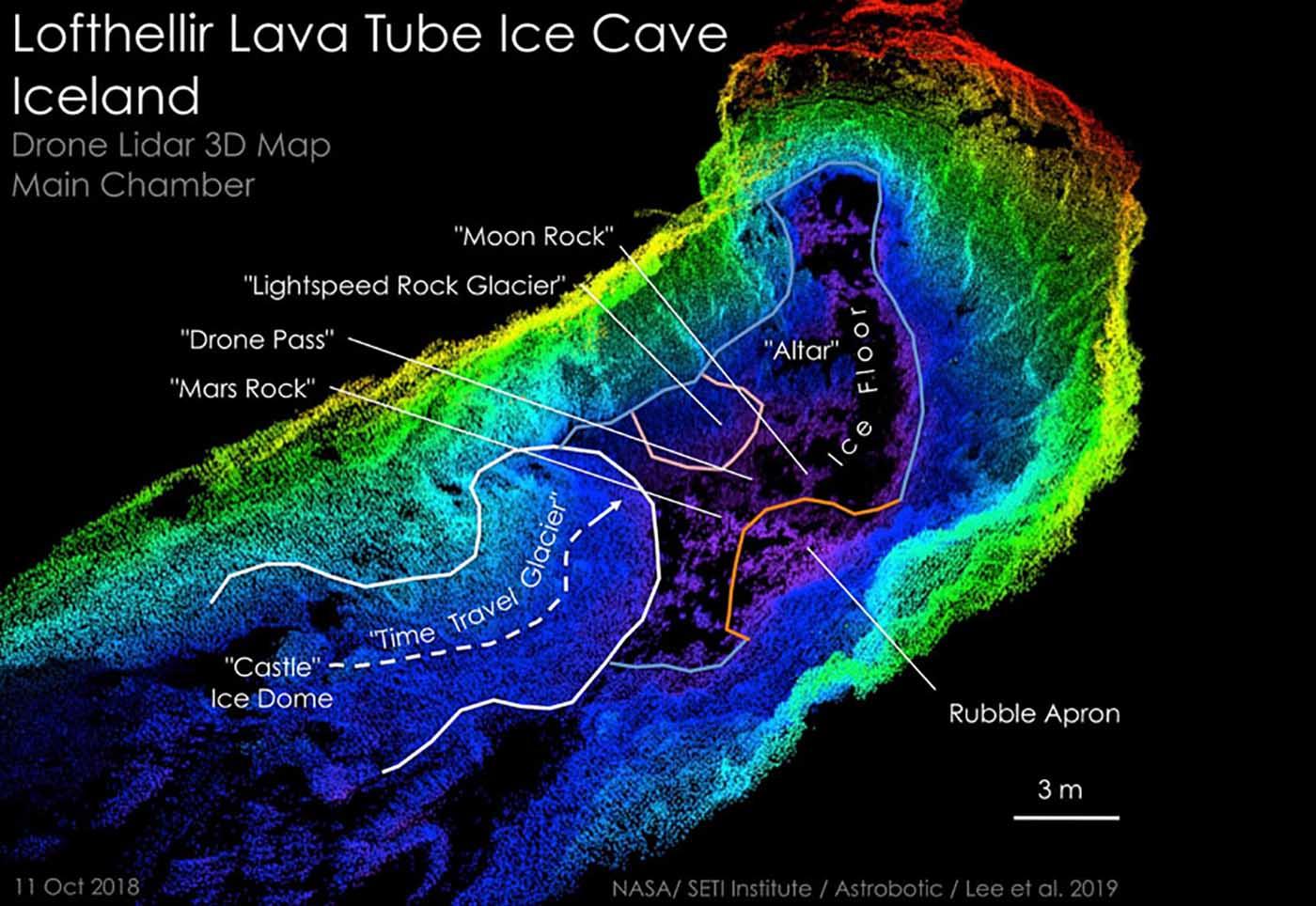Lunar Caves and Their Exploration: Nasa Moon Caves

Lunar caves are natural formations on the Moon that provide unique and valuable opportunities for scientific research and exploration. These caves offer protection from radiation, extreme temperatures, and micrometeoroids, making them potential habitats for future lunar missions. Additionally, lunar caves may contain evidence of past water activity and could potentially harbor biological or geological materials of interest.
Past and Present Missions
Several missions have been conducted to explore lunar caves, including the Apollo program, which landed astronauts on the Moon’s surface in the 1960s and 1970s. During these missions, astronauts briefly explored small caves and collected samples for analysis. In recent years, robotic missions such as the Lunar Reconnaissance Orbiter (LRO) and the Chang’E program have provided detailed images and data on lunar caves, helping to identify potential targets for future exploration.
Challenges and Opportunities, Nasa moon caves
Exploring lunar caves presents several challenges, including:
– Accessibility: Many lunar caves are located in difficult-to-reach areas, such as steep slopes or deep craters.
– Lighting: Lunar caves are often dark and require artificial lighting for exploration.
– Dust: Lunar dust is highly abrasive and can damage equipment and instruments.
Despite these challenges, lunar caves offer several opportunities for scientific research and exploration:
– Scientific discoveries: Lunar caves could contain evidence of past water activity, biological materials, or geological formations that could provide valuable insights into the Moon’s history and evolution.
– Potential habitats: Lunar caves could be used as habitats for future lunar missions, providing protection from radiation and extreme temperatures.
– Resource utilization: Lunar caves could potentially contain valuable resources, such as water ice or minerals, that could be utilized for future missions.
Future Missions to Lunar Caves

Nasa moon caves – As the exploration of the Moon progresses, lunar caves have emerged as a significant target for future missions. These caves offer unique opportunities to study the Moon’s geological history, search for evidence of past or present life, and provide potential shelter for future human settlements. Several missions are planned or under consideration to explore these caves in the coming years.
One of the most ambitious future lunar cave missions is the Lunar Caves Exploration Mission (LCEM), which is being developed by the European Space Agency (ESA). The LCEM is scheduled to launch in 2025 and will send a rover to explore the Marius Hills region of the Moon, where several large caves have been identified. The rover will be equipped with a variety of instruments to study the caves’ geology, atmosphere, and potential for life.
Another future lunar cave mission is the Chinese Chang’e-7 mission, which is scheduled to launch in 2024. The Chang’e-7 mission will send a lander to the Moon’s South Pole, where it will deploy a rover to explore a cave located in the region’s permanently shadowed crater. The rover will be equipped with a drill to collect samples from the cave’s walls and floor.
The data collected from these future lunar cave missions will provide valuable insights into the Moon’s history and evolution. The missions will also help to assess the potential for lunar caves to support future human settlements. If caves can be found that are large enough and stable enough to provide shelter from radiation and micrometeoroids, they could provide a safe and sustainable base for future lunar explorers.
Technologies and Equipment
The technologies and equipment that will be used in future lunar cave exploration missions will be designed to meet the unique challenges of cave exploration. These challenges include the lack of light, the presence of dust and other hazards, and the need to operate in a vacuum.
- Lighting: Caves are dark, so lighting is essential for exploration. Future lunar cave missions will use a variety of lighting technologies, including LEDs and lasers.
- Navigation: Caves are often complex and maze-like, so navigation is essential for exploration. Future lunar cave missions will use a variety of navigation technologies, including GPS, inertial navigation systems, and laser scanners.
- Dust mitigation: Dust is a major hazard in lunar caves. It can clog equipment and damage sensitive instruments. Future lunar cave missions will use a variety of dust mitigation technologies, including filters, brushes, and electrostatic charges.
- Radiation protection: The Moon’s surface is exposed to high levels of radiation. Future lunar cave missions will use a variety of radiation protection technologies, including shielding and dosimeters.
- Mobility: Caves are often difficult to access. Future lunar cave missions will use a variety of mobility technologies, including rovers, crawlers, and climbing robots.
- Sampling: Caves are a potential source of valuable samples. Future lunar cave missions will use a variety of sampling technologies, including drills, scoops, and cameras.
Benefits and Applications
Lunar cave exploration has the potential to provide a wealth of benefits and applications for future space exploration and human settlement. These benefits and applications include:
- Scientific knowledge: Lunar caves offer a unique opportunity to study the Moon’s geological history, search for evidence of past or present life, and study the effects of radiation on the lunar environment.
- Exploration capabilities: Lunar caves could provide a safe and sustainable base for future lunar explorers. They could also be used as a staging point for missions to other destinations in the solar system.
- Resource utilization: Lunar caves could contain valuable resources, such as water, oxygen, and minerals. These resources could be used to support future human settlements on the Moon.
- Public engagement: Lunar cave exploration is a fascinating and inspiring topic that can engage the public in space exploration. Missions to lunar caves could help to raise awareness of the importance of space exploration and inspire the next generation of scientists and engineers.